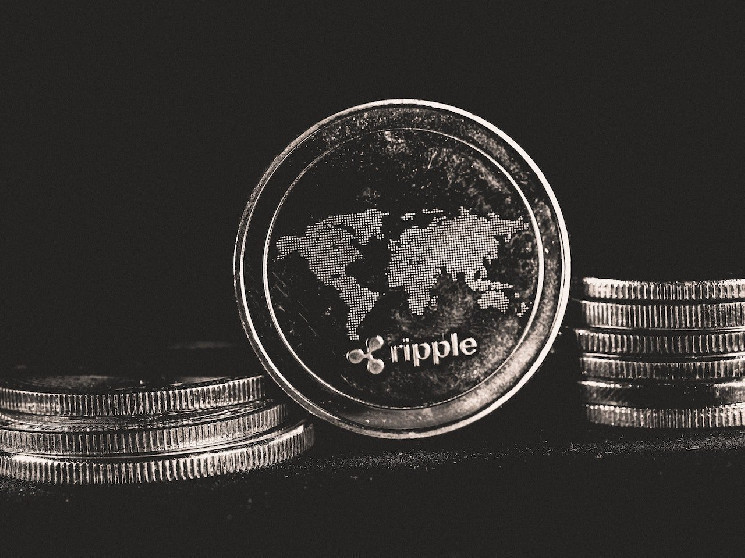- The ISO 20022 is a global standard billed to replace SWIFT in the financial ecosystem.
- Some cryptocurrencies including XRP, HBAR, XLM, and ADA are now compliant with the ISO 20022 standard.
The digital currency ecosystem is evolving remarkably with the new trend being the move to comply with the provisions of the International Organization for Standardization (ISO) 20022. ISO 20022 is considered the new frontier in the financial services sector as it seeks to replace the multi-decade-old SWIFT messaging system that is currently used by most banks.
The ISO 20022 standard was designed by the Geneva-based International Organization for Standardization and is tailored to harmonize the operational goals of players in various industries, particularly the financial sector. The ISO 20022 standards help guarantee quality and safety, prioritize environmental consciousness, enhance trade practices, and bolster interoperability among connected business entities.
Embracing the ISO 20022 standard is crucial for crypto protocols as it brings them to par with other currencies used by banks. Through the standard, the compliant crypto gets assigned an ISO number or code in the form of Digital Token Identifiers (DTI). With this DTI, transactions conducted through Bitcoin (BTC) can easily be distinguished from that of Bitcoin SV (BSV) for instance. This way, assessing these protocol’s compliance to Know Your Customer (KYC) and Anti-Money Laundering (AML) becomes easier.
Ripple (XRP), Cardano (ADA) Pioneering ISO 20022 Embrace
Despite the resistance of some crypto innovators to compliance, some crypto protocols including Ripple (XRP), Cardano (ADA), Hedera (HBAR), and Stellar (XLM) are pioneering the embrace of the ISO 20022 standards.
These cryptocurrencies have some features in common that make them the right candidate for ISO 20022 compliance. One of these is their close leaning to the Proof-of-Stake (PoS) or a related consensus mechanism that generally takes less energy for transaction processing, making them ideal for environmental conservation.
Their interoperability nature is also an ideal feature that shows how easily these protocols will ultimately fit into the ISO 20022 provision for diverse interactions among entities operating in the financial ecosystem. As it concerns innovation in payment technologies, all of these protocols are at the top of their game as XRP is a major asset in facilitating Ripple’s cross-border payment solutions.
Notably, these ISO 20022-compliant digital currencies are bringing innovation into the financial world through the world of Decentralized Finance (DeFi) and tokenization of Real World Assets (RWAs). Besides the direct benefits of ISO 20022 which includes but is not limited to streamlining cross-border payments, and enhancing regulatory standards and data security, the integration of compliant crypto will enrich the financial world in no remarkable terms.
Will Central Banks Embrace ISO 20022 Compliant Crypto?
Central Banks around the world are the arch-enemies of cryptocurrency innovations seeing the assets are used by some criminals to facilitate fraudulent transactions owing to its anonymity provisions.
Recommended for you
• Terra Luna Classic: A 310% Surge, a Bearish Pullback – What Lies Ahead?• Bitcoin Holds Steady Above $40,000: Is BTC Poised for a Correction to $30,000 or a New All-Time High Above $69,000?• Shiba Inu’s Price Target: $0.001 with Mega Whales; Solana & InQubeta Spearhead Altcoin RallyHowever, with compliance with ISO 20022, the narrative may change shortly and finally push Central Banks to give innovative cryptos room to showcase their innovation and revolutionary potential. By projection, the Central Banks are next in line to embrace crypto riding on compliance with these ISO 20022 provisions.
Until this is achieved, crypto proponents and innovators need to keep pursuing compliance with existing regulatory checkmarks.
